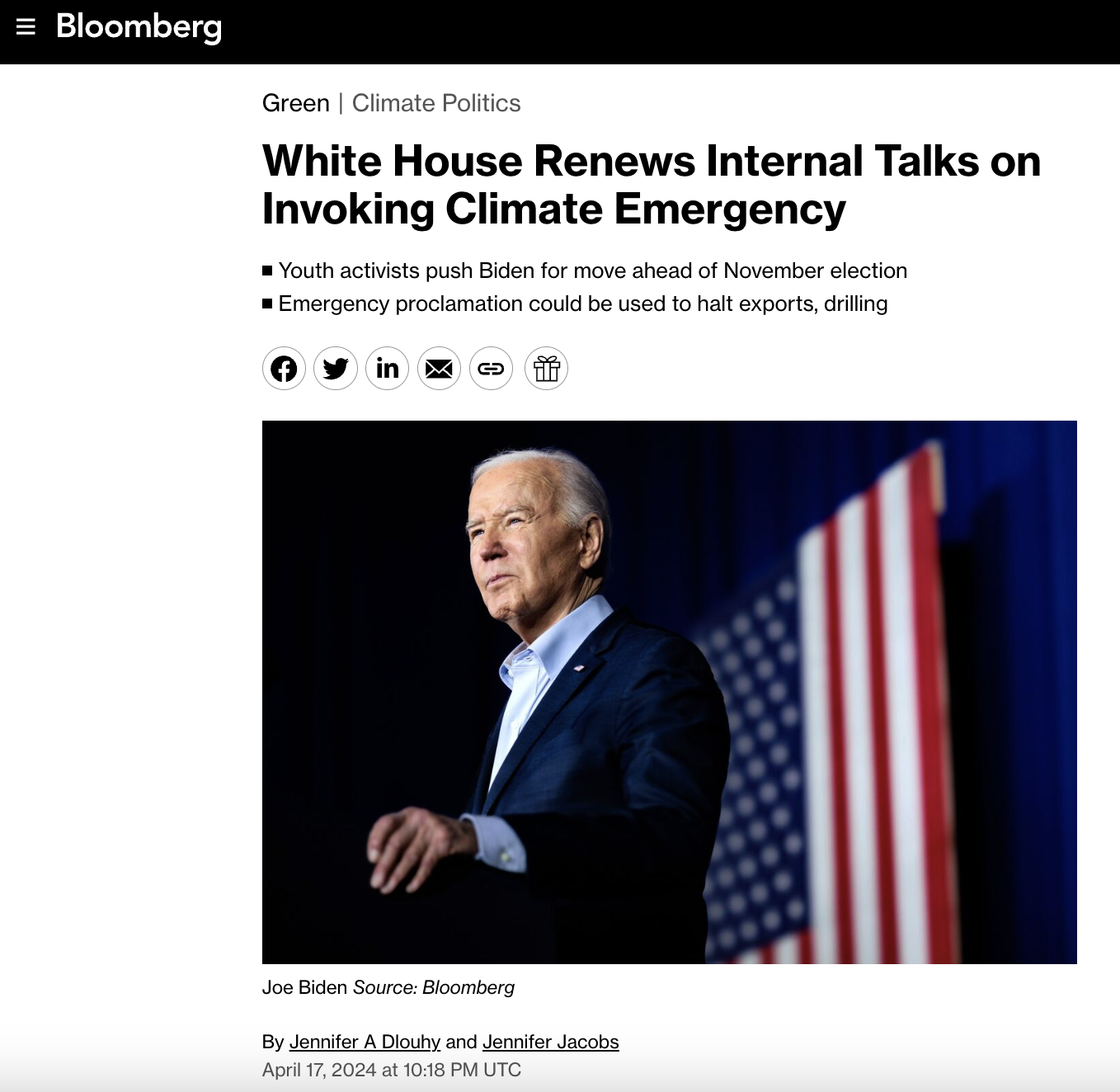https://grist.org/climate/can-we-restore-the-climate-these-young-activists-want-us-to-try/
By Emily Pontecorvo
Disagreements about how to tackle the climate crisis abound, but in 2020, it seemed much of the world finally reached consensus about at least one thing: getting to net-zero by 2050, or sooner. Net-zero is a state where greenhouse gases are no longer accumulating in the atmosphere — any emissions must be counterbalanced by sucking some carbon out of the air — and this year, a tidal wave of governments, businesses, and financial institutions pledged to reach it.
But for a new movement of young activists, the net-zero rhetoric is worrisome. “Hitting net-zero is not enough,” they wrote in a letter published in the Guardian last month. Instead, the group behind the letter, a youth-led organization called Worldward, urges the world to rally around a different goal, one they call “climate restoration.” The letter was co-signed by prominent climate scientists James Hansen and Michael Mann, in addition to writers, artists, and other activists.
“The climate today is not safe,” said Gideon Futerman, the 17-year-old founder and president of Worldward, who lives in a suburb north of London. “Millions of people are suffering and millions more will.” By the time net-zero is achieved, he said, the climate will be considerably more dangerous.
He’s right. A new comprehensive report on climate change and health published last week in the medical journal the Lancet found that there has already been a 50 percent increase in heat-related deaths in the past 20 years. It warned that up to half a billion people could yet be displaced by sea-level rise, and that wildfire risks and threats to food security will grow. “Restoration is about removing the CO2, which is causing these problems, and starting to reverse those issues,” said Futerman.
Climate restoration, as Futerman defines it, has three components: reducing greenhouse gas emissions, actively removing carbon from the atmosphere to offset any remaining emissions, and then continuing to draw it down, so that the concentration in the atmosphere begins to decline, “restoring” an earlier version of the climate. In other words, Worldward — a portmanteau of “world” and “forward” or “onward” —wants to get to net-zero, and then keep going.
The group does not advocate for a specific temperature goal or atmospheric concentration of carbon — Futerman said that’s a societal decision — but roughly, they want society to aim for somewhere close to pre-industrial levels.
After a soft launch this spring, Worldward now has nearly 100 volunteers from all over the world, including Mexico, India, and Zimbabwe, according to Futerman. On Monday, December 14, they are planning a more public launch of their campaign to pressure governments, companies, and other organizations to take “meaningful action toward restoration.”
Pushing carbon removal
Worldward did not invent the term “climate restoration,” which is also sometimes referred to as “climate repair” or “drawdown.” Hansen, the climate scientist, has long called for reducing levels of atmospheric carbon down to 350 parts per million. The climate advocacy group 350.org took its name from Hansen’s work.
But what’s unique about Worldward is that it’s one of few climate activist organizations that even talk about, let alone focus on, “negative emissions technologies,” or methods to remove carbon from the atmosphere. The umbrella of carbon removal includes nature-based solutions like forestry, wetland restoration, and farming practices that sequester more carbon in the soil. There are also technological solutions like machines that capture carbon directly from the air. Then there are techniques that are somewhere in between, like “enhanced weathering,” which involves grinding down minerals and spreading them out on the ground where they bind with carbon from the atmosphere.


